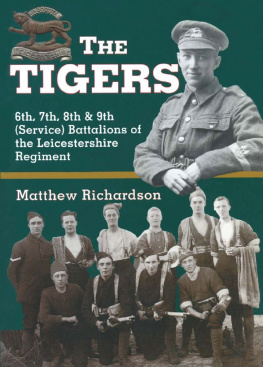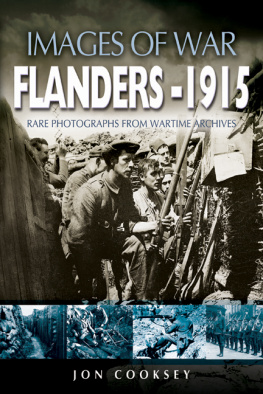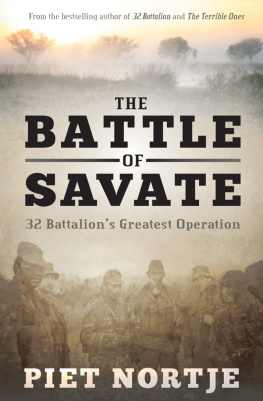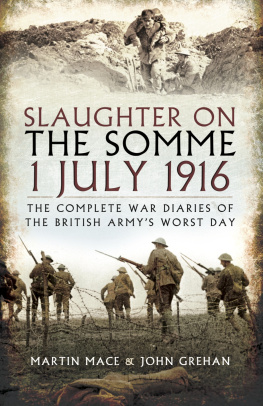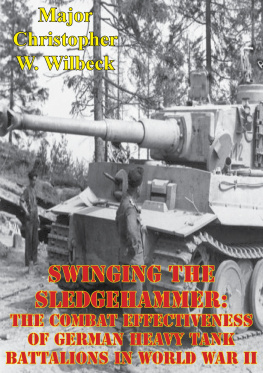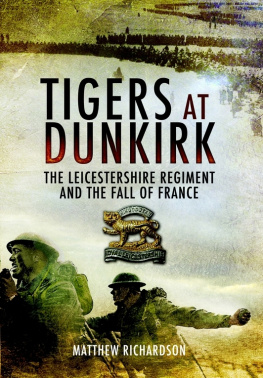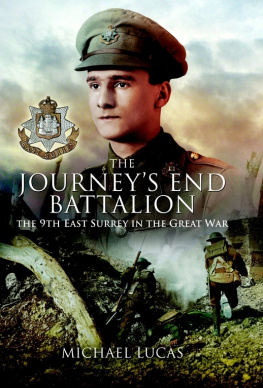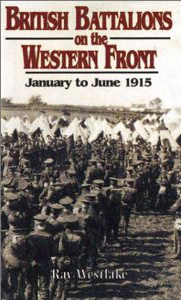THE TIGERS
THE
TIGERS
6th, 7th, 8th & 9th (Service) Battalions of
the Leicestershire Regiment
Matthew Richardson
Pen & Sword Books Limited, Barnsley
LEO COOPER
First published in Great Britain in 2000 by Leo Cooper
an imprint of Pen & Sword Books Limited
47 Church Street, Barnsley, South Yorkshire S70 2AS
Copyright MATTHEW RICHARDSON, 2000
For up-to date information on other titles produced under the Pen & Sword
imprint, please telephone or write to:
Pen & Sword Books Limited
FREEPOST
47 Church Street
Barnsley
South Yorkshire
S70 2BR
Telephone (24 hours): 01226 734555
ISBN 0-85052-719-8 Cased Edition
ISBN 0-85052-740-6 Paperback Edition
All rights reserved. No part of this publication may be reproduced, stored in a retrieval system, or transmitted, in any form or by any means, electronic, mechanical, photocopying, recording or otherwise, without prior permission from the publishers. This book is sold subject to the condition that it shall not, by way of trade or otherwise, be lent, resold, hired out, or otherwise circulated without the publishers prior consent in any form of binding or cover other than that in which it is published and without a similiar condition, including this condition, being imposed on the subsequent purchaser.
British Library Cataloguing in Publication Data
Printed by Redwood Books Ltd
Trowbridge, Wiltshire
Contents
FORGING A NEW BRIGADE
Training at Aldershot and on the South Coast |
THOU HAST BROUGHT HIS STRONGHOLDS TO RUIN
The Battle of the Bazentin Ridge |
FORCE OF ARMS
Fontaine and the Hindenburg Line |
GO ON, TIGERS!
The fighting at Polygon Wood |
NO QUARTER ASKED OR GIVEN
The Battle of the Aisne |
In 1951 at Glen Parva Barracks I was extremely fortunate to receive my initial instruction on the history of the Regiment from Regimental Sergeant Major John Meredith DCM. This excellent introduction to the splendid history of the Regiment was to prove invaluable to me in my service. In 1981, I left the Army and took up the appointment of Regimental Secretary of the Regiment. I soon realised that my job would require a more detailed knowledge of Regimental history. The initial instruction I had received some 30 years before was a good basis on which to start and I was lucky enough to be able to call upon many retired members of the Regiment for help and advice.
On examining the written histories I found that there was some excellent material. The general history was very well covered by Richard Cannons Historical Record of the 17th Foot (1688 to 1848), Lieutenant Colonel E A H Webbs revision and continuation of Cannons work in his History of the Services of the 17th (Leicestershire) Regiment (1688 to 1912) and Brigadier W E Underbills history of the Regiment from 1928 to 1956. This latter work includes a very informative account of each Battalion in the Second World War. The period from 1912 to 1928 is covered by a number of publications, including The 1st and 2nd Battalions The Leicestershire Regiment in the Great War (Wylly), Footprints of the th Leicestershire Regiment 1914 tol918 (Milne) and The Fifth Leicestershire 1914 to 1919 (Hills). There was one obvious omission, an account of the Service Battalions from 1914 to 1919.
In a brochure titled Come on Tigers, which was printed in 1955 I found the following paragraphs relating to the Service Battalions:
The 110th (Leicestershire) Infantry Brigade of the 37th Division was composed of the 6th, 7th, 8th and 9th Service Battalions of the Regiment and they did credit to the name they bore. They won great glory by their brilliant attack on the BAZENTIN-Le PETIT village and wood in the battle of the Somme in July 1916.
The sterling courage of the 110th Brigade in the defence of EPEHY was a fine example of British grit. Exposed to the full blast of constant attacks delivered by three fresh German divisions, the stubborn soldiers of Leicestershire refused to budge, but met each attack with such devastating rifle and machine gun fire that, when night fell the front of their position was marked by heaps of German dead. Only at one point did the enemy succeed in piercing the line-at VAUCELLETTE FARM, defended by a party of Leicester men who held it.
From these extracts I realised that an account of the Leicestershire Brigade needed to be written if the history of the Regiment was to be complete. Matthew Richardson has done this by writing his book. He has carried out detailed research and by using extracts from published material, unpublished personal accounts, letters, newspaper cuttings, war diaries and other sources has produced a moving account of Leicestershire men who answered the call to arms in the Great War and did so with such gallantry and indomitable courage.
J L Wilson Lt Col (Retd), Leicester, July 1999.
It is often said that no book is the work of just one person, and that was never truer than in this particular case. Throughout the preparation work I have been repeatedly moved by the kindness, willingness to help in whatever way, and the generosity to lend treasured photographs or documents, which countless people, many of them previously strangers, have shown to me.
Firstly, I would like to thank my girlfriend Natalia. Without her expertise in constructing a database of 110th Brigade members, the nominal roll which accompanies this book, would not have been drawn up. Natalia also made possible the copying of many of the photographs which appear on the following pages, and was full of new ideas and new directions for research. I would like to thank my parents, who also made extensive treks to collect photographs or to have photographs copied, all in the name of the cause. I hope that they feel the end product was worth the effort.
I am deeply indebted to Colonel Wilson, of the Royal Tigers Association, for kindly providing the foreword to this volume, which I consider a great honour. The Royal Tigers Association, in particular in the person of Colonel Swallow, secretary of the association, offered me much support and encouragement during the preparation of this book, and it gives me great pride to have this seal of approval.
It was Peter Liddle, my friend and former colleague at the Liddle Collection, University of Leeds, who perhaps first encouraged me to begin this project. In addition to convincing me that I could make this idea work, he gave me considerable practical help by allowing me to use whatever material from the Liddle Collection I felt would be appropriate. Not far behind Peter was Chester Read, who had just deposited his father Dick Reads extensive collection of papers, photographs and artwork in the Liddle Collection. Copyright of the Read material is held by Chesters grandson, and I am grateful to the Read family for permission to reproduce it. It is no exaggeration to say that, if Chester had not been so willing from the outset for me to use both Dick Reads text and photographs, then this book would probably have advanced no further than the discussion stage.
At Leicestershire Record Office in Wigston, Mr Carl Harrison, Mr Robin Jenkins, and Mr Aubrey Stevenson offered a great deal of support and I am grateful to them for this and for permission to use the many LRO illustrations which follow. Jean B. Sleath was kind enough to allow me to use the photographs of her father, George Griffin Ward Sleath, which are held at the Leicestershire Record Office. Jean also offered me many insights into her fathers army service and later life, which I greatly appreciate.
Next page
